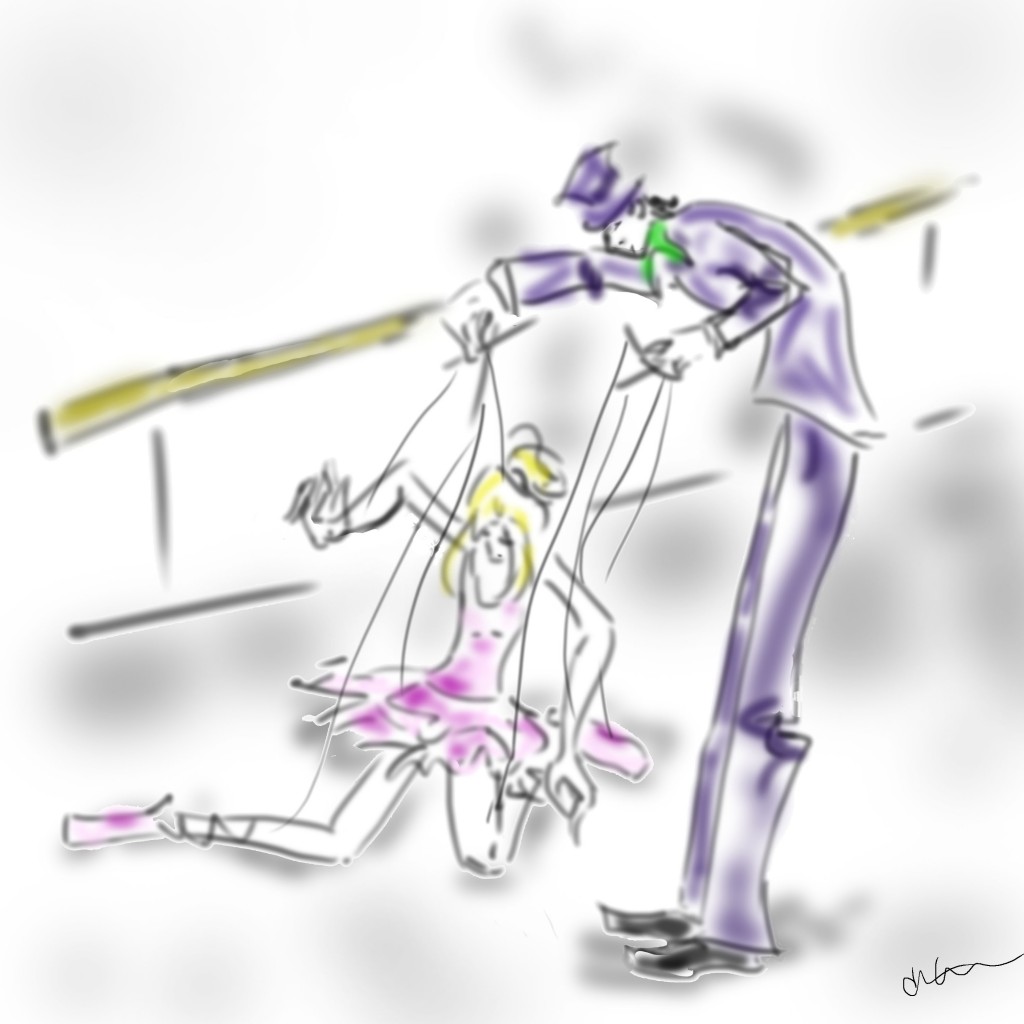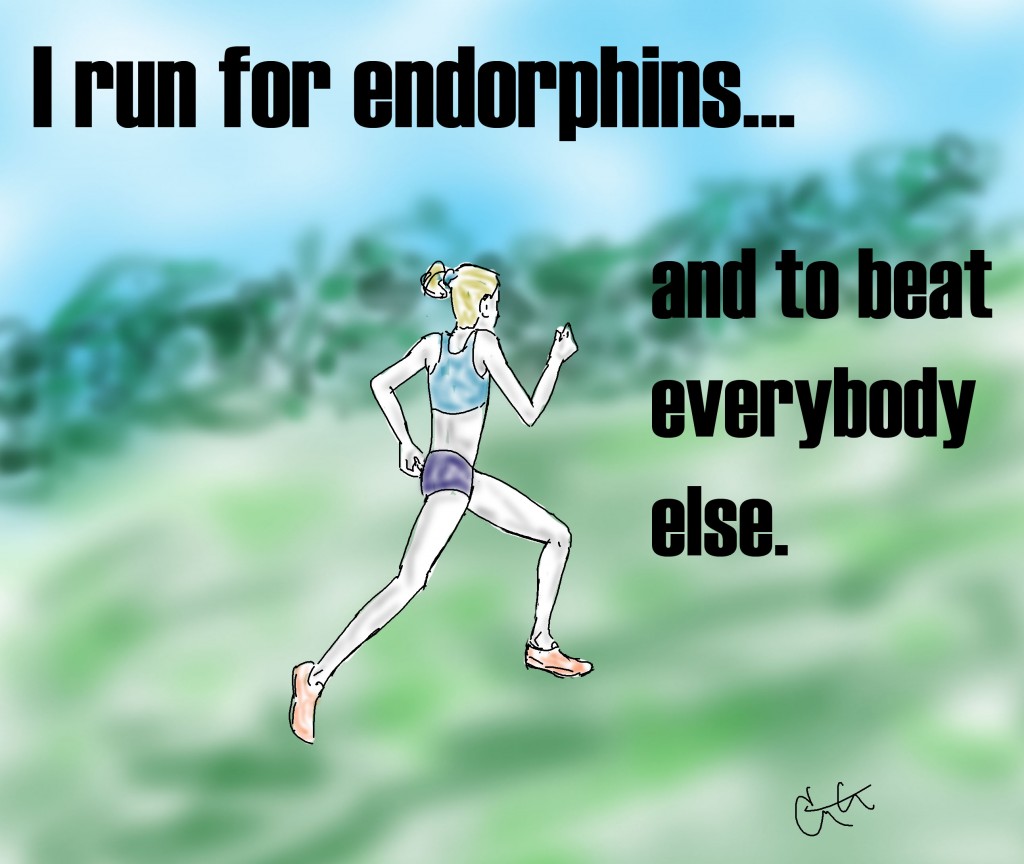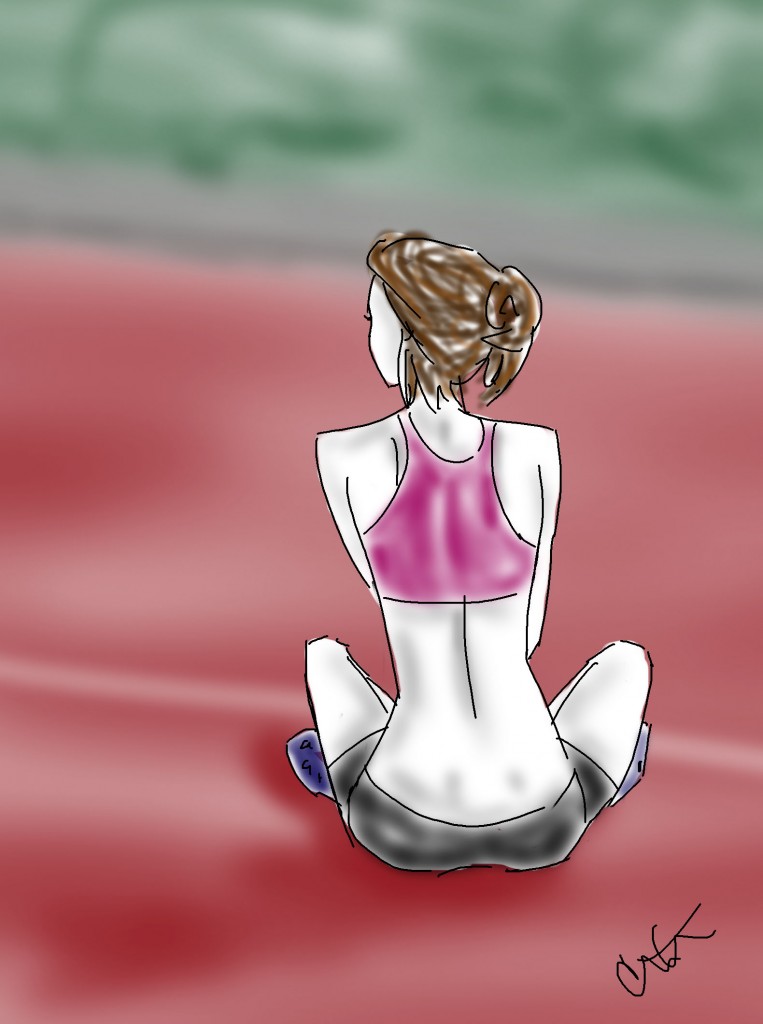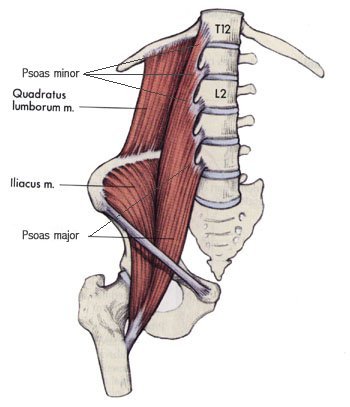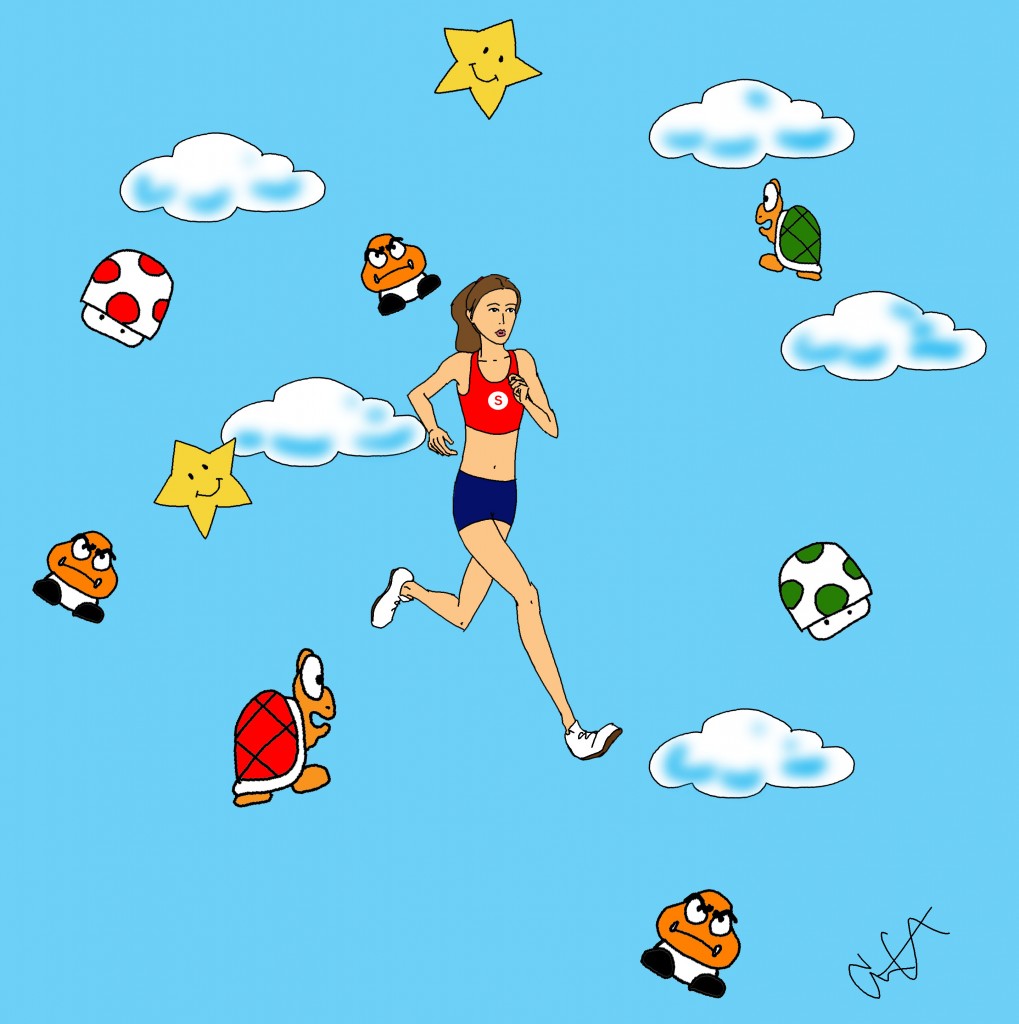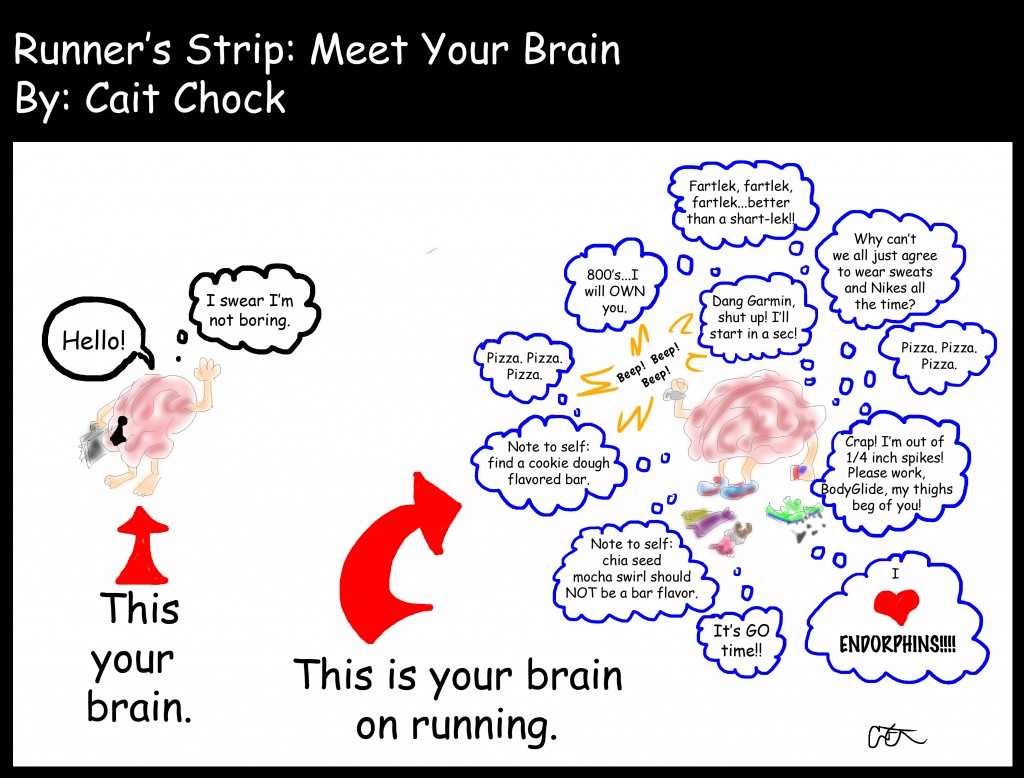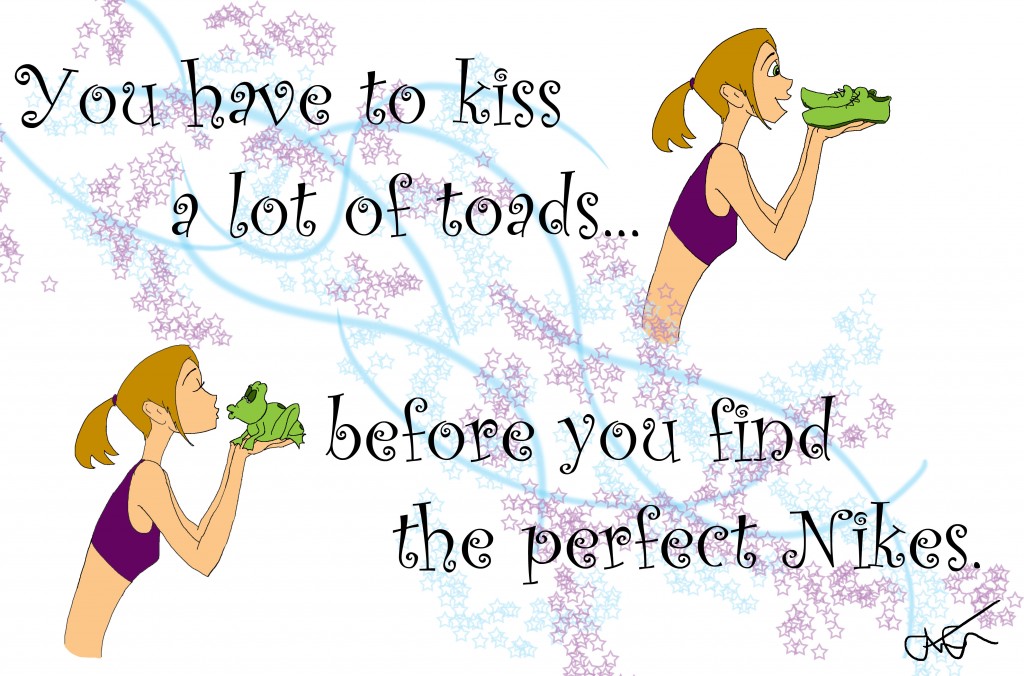Because all of my runner readers are fleet of foot I’m going to make today’s post another installment of Runner Flash Factoids. You can catch the lasts one HERE and HERE.
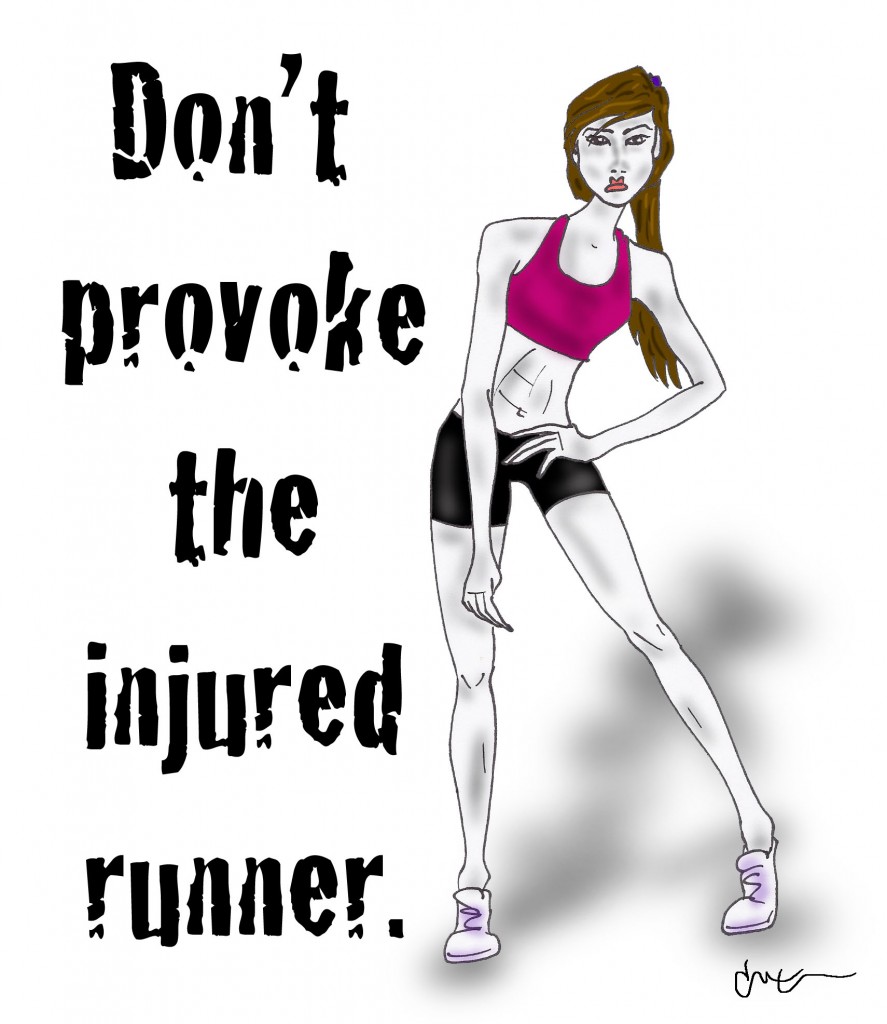
* Guard Your Ankles: So on today’s run I was not only hit in the head with a falling hazelnut but I also rolled my ankle on one. Blast those stupid nuts getting me on all fronts; the thing is, this is the second time in three days I rolled my foot on a stupid nut and they were bad enough that my foot got sore. BUT you know what I attribute to not having to take any time off running because of those blasted nuts? 1) I iced my ankle when I got home 2) I’ve been doing those little ankle balance exercises I wrote about. Don’t let a stupid nut, or any other kind of ankle rolling related instigator, keep you from getting your run on.
* Pedestal Plank Police: This is a bit of a rant on my part. I got sucked into Twitter against my will and now I have some Plank Police on my butt tweeting me about how often I do planks. The thing is I am hardly a slacker on core work, I bleed suggesting core work for runners, but you know what I also know? Diversity. Doing the same thing every single day also doesn’t let the muscles recover enough to heal back up stronger. I do my pedestal core routine every other day, not every day…the off days I do weight work and other strength moves. Diversify and don’t work the same muscles every single day. Sorry, plank police, now get off my @$$.

* Tapering Sucks: The season has come to the point where races matter more, you have your eyes set on the championship races and for some they are approaching the races they’ve been keying on for MONTHS. To maximize performance you can’t go into a race overly tired so, yes, enter the taper. It’s more of a mental beast than anything…but it’s a necessary bitter pill to swallow. When I’m dealing with ‘runner guilt’ during a taper I remember that the reason I trained was FOR this race…and they don’t give PR’s and medals out for training.
* Protein Lover: I’ve talked about how it took me longer than it should to realize just how important protein is for distance runners. I’m a carbo-lover so I had those bases more than covered. But protein is KEY for muscle repair and growth so seek out those protein-rich sources: lean meats like chicken and turkey, seafood (shrimp, tuna, and salmon are my favorites), low-fat cottage cheese and…drum roll EGGS! Eggs rock, they’ve had a bad rep before but new research is proving that the specific micronutrients in egg yolks make the protein a more viable source, it is utilized better than other kinds. Don’t pass on the yolks…or the bad egg jokes or the yolk will be on you.
Friday is HERE! Take note of these flash factoids and if you’re keying up for a race know that the mental torture that is the miles deprived runner during a taper is WORTH it…you want to run your best on race day and a PR is worth a little insanity. 😉
1) Do you have a flash fact you’d like to share?
2) How often do you do planks or any kind of core work?
3) What’s your favorite source of protein?






